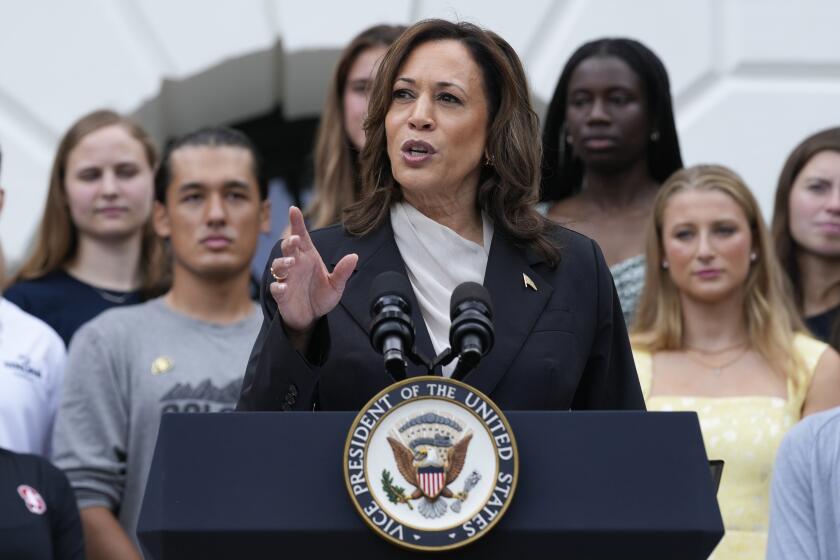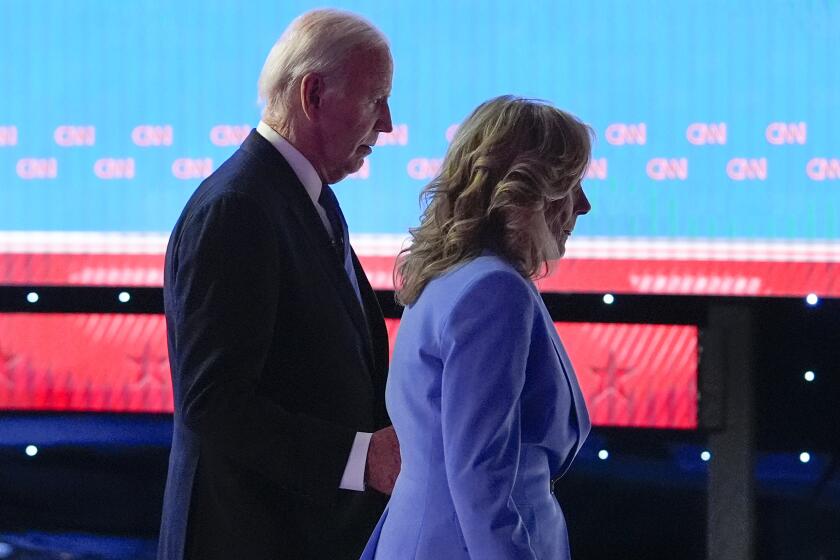Public School Choice had it right the first time
Under the Public School Choice program, applicants from within and outside the Los Angeles Unified School District — charter operators, Mayor Antonio Villaraigosa, teams of teachers — are allowed to submit proposals to run new and underperforming schools. Decisions are supposed to be made on the basis of which group has the most promising application, as well as whether it has a history of running successful schools.
We never expected the process to be entirely pure, not in a district so rife with open and hidden political agendas. But recent events have shown that the basic premise of the reform is endangered by actions that have little to do with its early promise of giving students the best possible education.
In late August, for example, the school board agreed to exclude charter operators from the first round of applications for new schools, allowing them to participate only if applications from inside groups — mostly teacher teams — were less than “sufficiently excellent.” In return, the teachers union would have to allow modified labor agreements at any teacher-run schools. The decision alienated good charter applicants and reduced the competition that leads to stronger applications from everyone.
In 2010, the school board, a majority of which was politically aligned with Villaraigosa, voted to give his Partnership for Los Angeles Schools a third campus, though the district staff had recommended that only two schools go to it. And though the mayor’s group has conscientiously worked to improve the schools under its purview, it had no record of success, supposedly an important factor in the applications. In August, a Times analysis of district test scores showed that traditional public schools had improved more than the partnership’s schools.
Most recently, school board member Bennett Kayser, who is politically allied with United Teachers Los Angeles, wrote a letter of recommendation in September for a team of teachers applying to run a school. Last year, board member Marguerite Poindexter LaMotte wrote a similar letter on behalf of an applicant. Both recommendations were inappropriate. The board’s job is to make a final decision after district staff has evaluated all applications, not to discourage some applicants and pressure district staff by showing favoritism from the start.
The district will be deciding the fates of 15 new campuses and 22 existing, low-performing ones in the next round of Public School Choice, with final votes in early 2012. It should dump the teachers-first agreement and stick to the original vision, before public confidence in this important reform is badly undermined.
More to Read
A cure for the common opinion
Get thought-provoking perspectives with our weekly newsletter.
You may occasionally receive promotional content from the Los Angeles Times.






